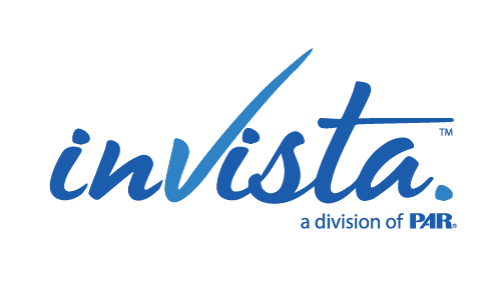Organizational justice, or employees’ perceptions of fairness, has a significant impact on individual wellbeing and organizational culture. Three types of justice contribute to overall organizational justice, working in tandem to inform broad perceptions of fairness within an organization.
1. Distributive justice: How resources and rewards are handed out
Distributive justice, or the level of satisfaction with distribution of work resources and rewards within an organization, is one of the more tangible forms of organizational justice. In a recent InVista study, distributive justice was related to job satisfaction: the more employees perceived the resources provided by their employer as fair (e.g., raises, time off, promotional opportunities), the more satisfied they were in their job. [1] Distributive justice also positively relates to supervisor ratings of performance: when resources are provided in a fair manner, employees feel as though they need to reciprocate in the relationship by fulfilling their job duties. Equal dispersion of organizational rewards is not only linked to job satisfaction and increased performance. Distributive justice has been shown to directly relate to turnover intentions in employees. This relationship makes distributive justice an actionable concept that can help mitigate turnover and the resulting financial loss.
Related article: What is organizational justice, and how does it affect both individuals and organizations?
2. Interactional justice and its effect on communication, respect, and fairness
Interactional justice refers to perceptions of how fairly employees are treated within an organization, including feelings of respect and the level of explanation of decisions provided by leaders. [2] Interactional justice shows relationships with workplace wellbeing and employee stress. In a recent study, employees who had unfavorable perceptions of interactional justice also had lower levels of workplace wellbeing, on average. [345] When employees are struggling with aspects of workplace wellbeing, such as workplace stress, it often leads to negative organizational consequences such as burnout. Interestingly, interactional justice has also been shown to negatively impact burnout. Interactional justice not only affects workplace stress but also can influence employee emotional health outcomes. A recent study showed that, as individuals reported higher levels of perceived interactional justice, they showed decreased levels of stress indicators such as worry and tension. [345]
3. Use the procedural justice lens to look at the fairness of policies and procedures
Procedural justice refers to perceptions of fairness about organizational processes and procedures that are linked to valued organizational outcomes. Procedural justice is related to employee wellbeing, turnover, and performance. According to an InVista study that explored employee wellbeing, almost half (45%) of employees who reported unfavorable views of procedural justice within their organization had low levels of emotional wellbeing. [345] Research has also shown that, in combination with high levels of distributive justice, high levels of procedural justice can minimize psychological distress and decrease employees’ feelings of anxiety and depression. Procedural justice has also been linked to turnover and employee performance, two critical organizational outcomes. Although procedural justice and distributive justice can interact to improve employee wellbeing, procedural justice is more likely to predict organizational commitment, which directly influences turnover intentions. This relationship was highlighted in a recent study that indicated 56% of individuals who had unfavorable views of procedural justice were a turnover risk. [345] Furthermore, procedural justice has been shown to significantly relate to contextual performance—that is, behaviors of employees that are not explicitly mentioned in their job description but help them to successfully accomplish their job (i.e., being courteous and cooperative with coworkers).
Employees’ perceptions of fairness in these three areas, regardless of organizational intention, constitutes their reality. For a FREE, complete guide on how organizational justice affects your organization, click here.
1 InVista. (2019a). [Unpublished raw data for Client 1].
2 Bies, R. J., & Moag, J. S. (1986). Interactional justice: Communication criteria of fairness. In R. J. Lewicki, B. H. Sheppard, & M. H. Bazerman (Eds.), Research on negotiation in organizations (Vol. 1, pp. 43–55). JAI Press.
3 InVista. (2020a). [Unpublished raw data on wellbeing for Beta Client 1].
4 InVista. (2020b). [Unpublished raw data on wellbeing for Beta Client 2].
5 InVista. (2020c). [Unpublished raw data on wellbeing for Beta Client 3].


Recent Comments